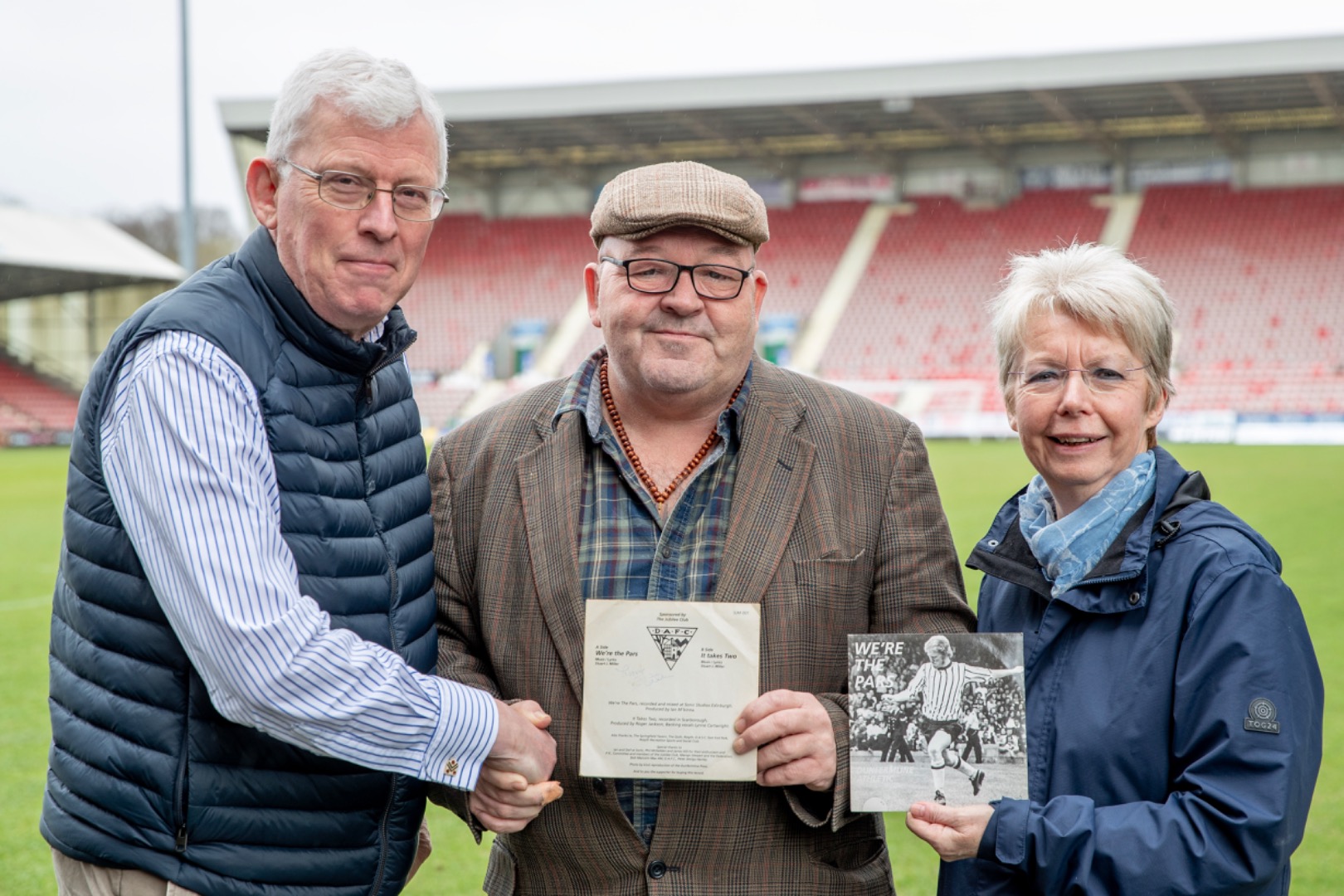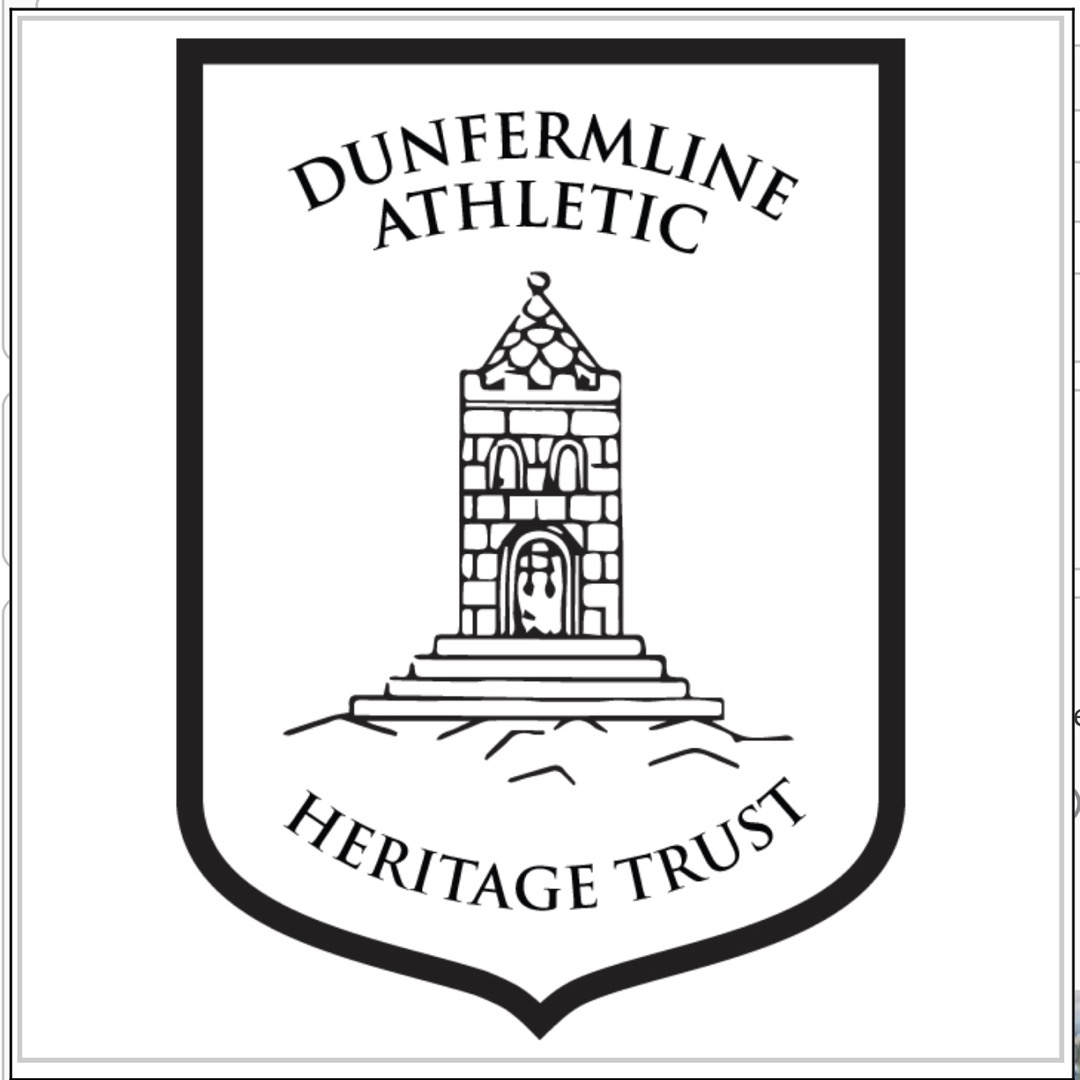Club History | Football at the end of the twentieth century
Chris Wisharts potted history began with Football In The Glorious 60s

Chris Wisharts potted history began with Football In The Glorious 60s, so lets start this part by seeing how things had changed by the end of the twentieth century. By the end of the sixties I was going to all home games and most away matches with my pals. The family had moved from opposite East End Park to Garvock Hill in 1968. Floodlights had been installed in 1959 and the new stand built in 1962. The stand frontage was on Halbeath Road so the glass topped wall disappeared. On the north side of the ground the engine shed closed in May 1967 and the Upper Station along with the passenger service to Stirling both closed in October 1968. The terracing had been concreted and the two enclosures re-roofed, extended and joined so that only the Cowdenbeath end was open terracing.
From 1969 to 1999 covered 30 years so obviously a lot changed in this period. Catering gradually improved - for a start it was now edible. The greasy pie, though still available had been supplanted by the delicious and award winning Stephens Steak Bridie. To ensure that toothache could still be enjoyed, sugar doughnuts replaced the wagon wheel. As well as Oxo, tea, coffee and hot chocolate could be enjoyed and served in decent sized plastic cups which did not give you third degree burns, like the old ones did. There were proper snack bars in the stand and under the enclosures. The alcohol ban began in 1981 so, although there were no bars in the stand, there is no drink allowed in the viewing areas.
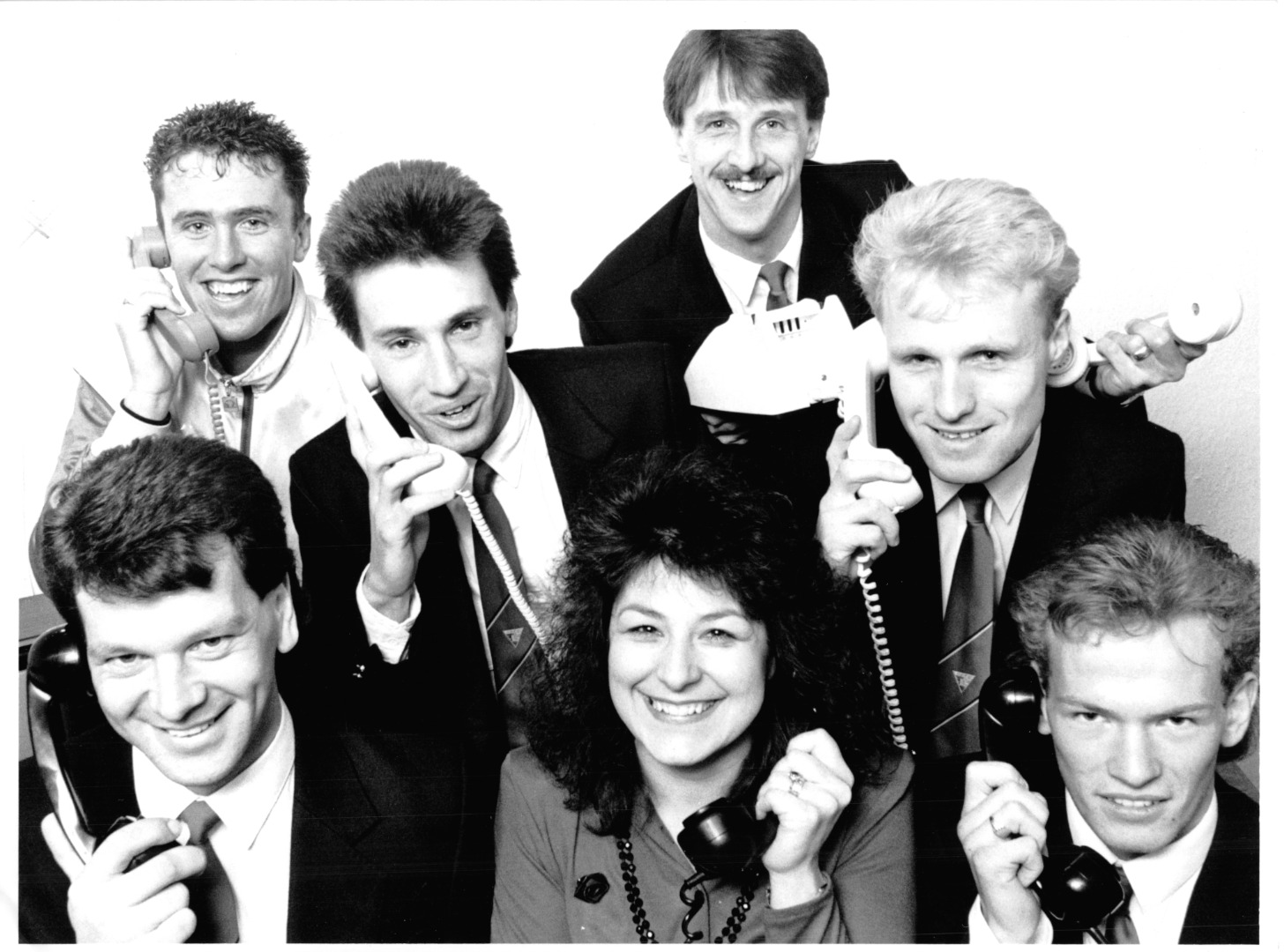
The toilets improved throughout the thirty years and are now for real. They can be visited without the need for waders, gas masks or tetanus jags - that is unless visiting fans have trashed the place. Yes football still attracts a few neanderthals. There was also a time when idiots felt the need to throw toilet rolls (usually unused) on to the pitch. The invalid cars have disappeared. There are several reasons for this:- Modern cars can be adapted for those with mobility problems, prosthetic limbs are much more sophisticated and unlike back in the fifties and sixties, there is not a plethora of unfortunates who have been mutilated in a major war. Grounds now had wheelchair access and areas set aside for their use.
Collections for charity still take place, but usually by folk holding buckets and not around the pitch in a sheet led by a brass band. The Half-Time Programme was progressively improved and extended into a Match Day Magazine, full of interesting articles, statistics and photography. Dunfermline Athletic have been blessed, for some time now, with one of the very best of these publications. Duncan Simpson took over the editorship of the programme and maintains a very high standard to this day. There was now a game which those in charge of football grounds played. This mainly involved the public address system. At some grounds it was deafening - usually those which already had electronic scoreboards.
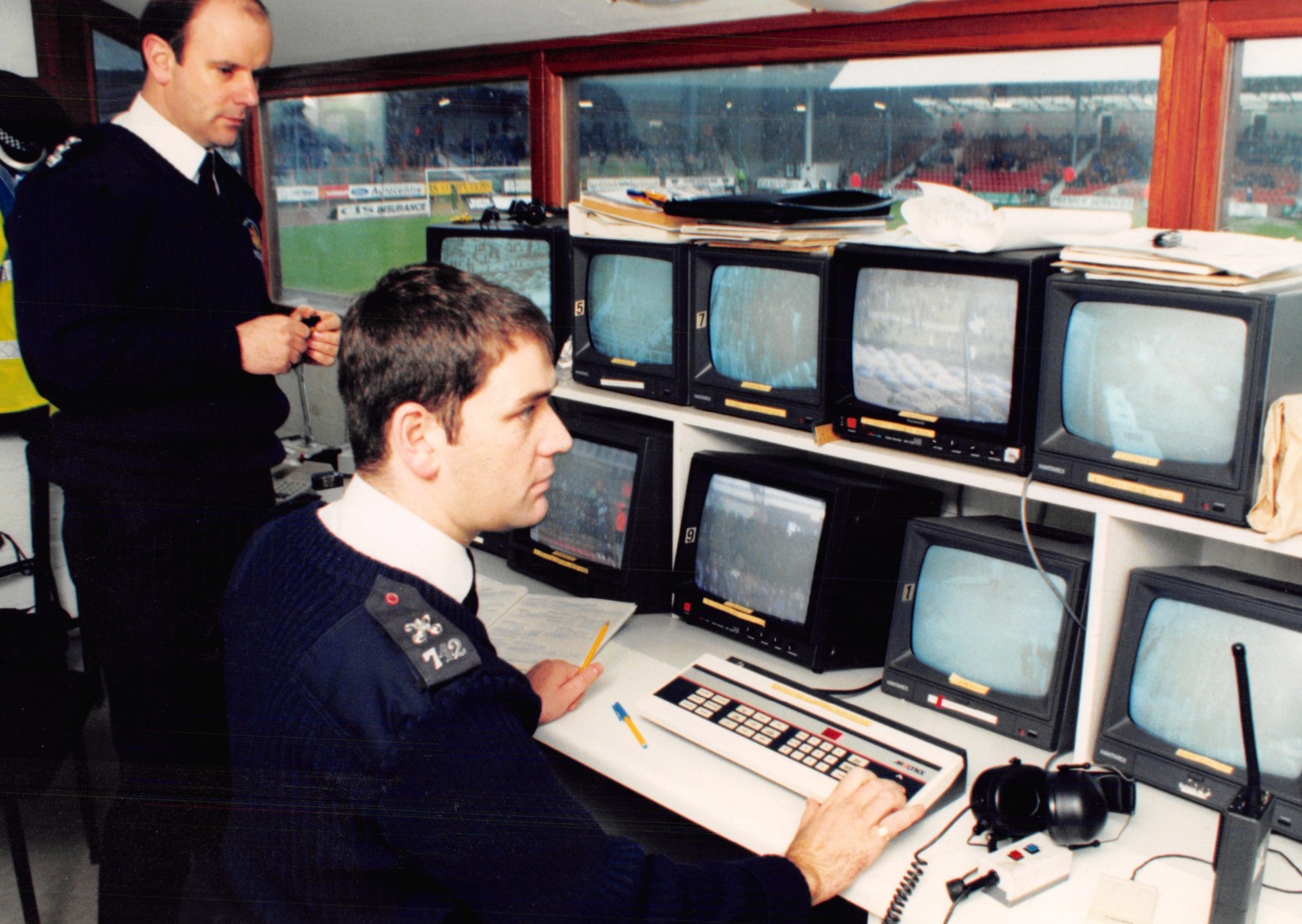
Apart from the disturbance to neighbours, this group gave you the information you needed. The others found all manner of means for denying fans information on line-ups and half time scores. Announcers at football grounds often speak in accents which are unintelligible. They have ways of maximising this - some speak so quickly that you do not have time to translate and note who is playing on the team list on the back of the programme or wherever the editor has hidden them. That is supposing there is space. Others use sound systems which have all the clarity of stereophonic porridge, especially when competing with the buzz of conversation, which at a Scottish game is generally shouted. In this era The Pars were experts at this. The announcer spoke clearly enough, but the system was weak and, just in case you could make out what he was saying he played music in the background. What is it with the broadcasting industry? Why do they play music in the background? They do it on television and radio too. The result is that you cannot hear either the announcement or the music clearly.
By the end of the century the availability and means of imparting information had progressed considerably. Transistor radios were smaller and far more numerous. Many fans had a squashed ear where they constantly had their radio held (later replaced by ear plugs) allowing scores from other grounds to be readily available. The clubs did not need half time scoreboards though many introduced electronic screens for the relaying of information. Half-time and Full time results newspapers disappeared as did the evening sports paper.
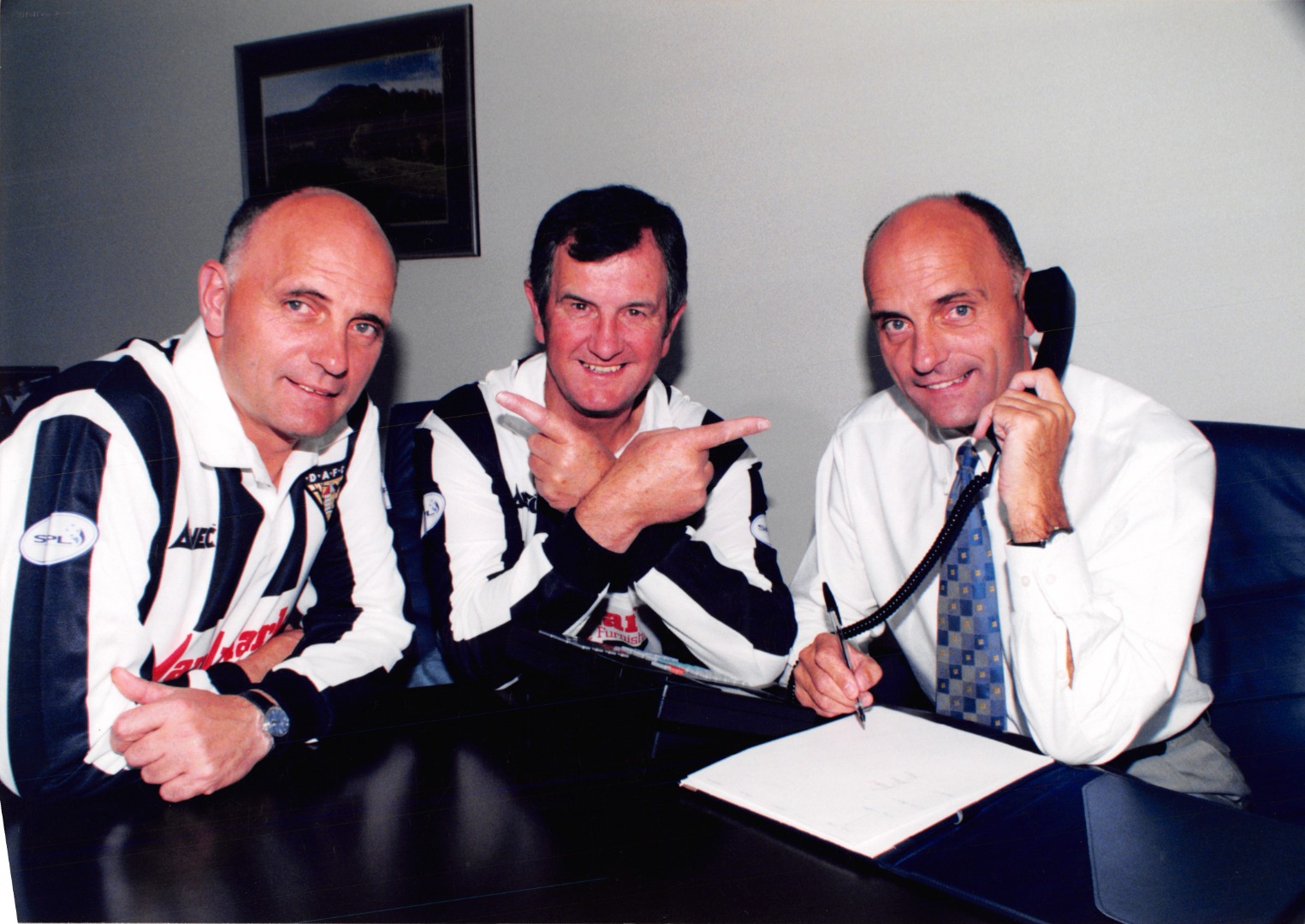
Mobile phones began to appear and Club Call came into being. This was a telephone number for each club which you could ring to hear a pre-recorded update on the news from your club. For a while Scotsport had a section with games from lower divisions but this did not last and you had little chance of seeing your team unless they were playing one half of the Old Firm. By the end of the century, there was not any Scottish Football on a Saturday night, unless BBC was showing the Scottish Cup.
The farcical changes to the League structure had been imposed and Scottish Football was falling drastically in entertainment value but, being football fans meant that we persevered and derived what joy we could from our team`s achievements. Another thing which changed was sportswear. When I first started watching baggy shorts and heavy shirts were the order of the day. I graduated through the sixties, when shorts were very short and allowed free movement, to the baggy nappies they were wearing at the end of the century. Some of the smaller players had to take three paces forward before they reached the front of their shorts.
_4348.jpg)
By 2000 most clubs were sticking to an approximation of their classic shirt designs with small changes each year so that fans would buy a new one each year, replica strips by now were very popular and a big source of income to clubs along with other club branded merchandise. The horrific years of the eighties have passed, when people with no feel for football were allowed to design shirts which looked more like beach-wear or deck chair covers. There were some awful abominations, thankfully mostly at other clubs, though The Pars did inflict one or two repulsive designs upon us. Referees now had their own bespoke kit, replacing the flannel shorts and black blazer or khaki safari jacket of the fifties and sixties. Goalkeepers` jerseys were subject to the most nausea inducing designs and the traditional tweed flat cap had been replaced by a lighter waterproof sports bunnet.
Apart from the family move to Garvock Hill, my circumstances had changed. I started work in 1966 and bought a car. The increased mobility and funds meant that I could get to games easier. In 1973 I left home to live and work in the Hamilton and Motherwell area, where I was to remain for the rest of the century. The Pars circumstances had also changed. The sad decline throughout the seventies, the wonderful Leishman Era in the eighties, the board`s lunacy in 1990 followed by the grim spells under Iain Munro and Jocky Scott, a clean start in 1993 with Bert Paton culminating in promotion back to the SPL in 1996 and retaining our position until Bert resigned in 1999.
My idyllic Saturdays had long gone. Depending on how I had spent Friday night, I would often wake up with my mouth feeling like the floor of a budgie`s cage and a rotten headache to go with it. My organised football would have been played during the week, so I had the morning to pick my game and head off, usually to see The Pars. I saw some awful matches until Leish and Bert rescued my Saturdays. If I had recovered by the evening, it was either out for a date, a concert, show or back to the pub with the lads. By the end of the century I was over 50 and past it but still faithfully spent my Saturday afternoon at the football. What would the new century bring?
Related Stories
views: 117

